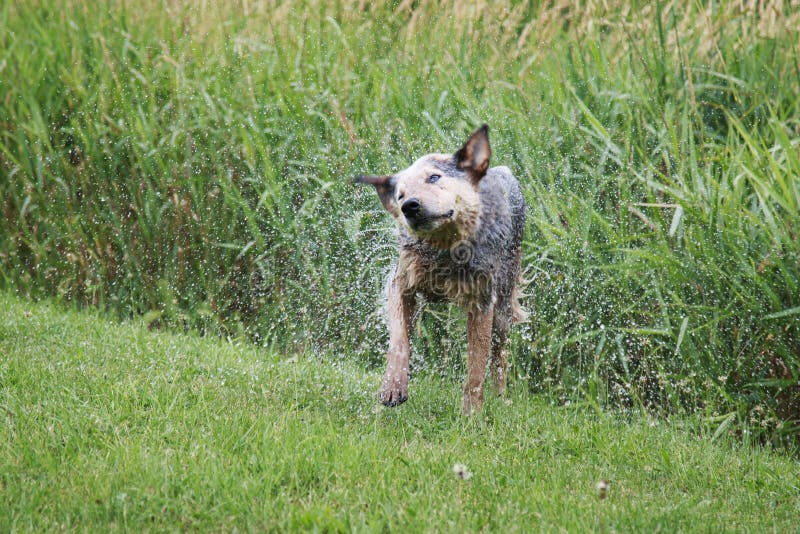

The first generation of settlers in this area respected the land boundaries, so they never had to deal with Native hostility like the people of many other regions and colonies. Batts guaranteed limits to English settlement under a 1672 treaty: The regions west of the Chowan River and south of Albemarle Sound would remain Indian country. There seemed to be no communication troubles.

Quaker leader George Fox, on a missionary trip in the 1670s, found a society where many Indians and Europeans lived close to one another and willingly attended his services together. The next wave of settlers followed his lead. Having traded with the Indians since the 1650s, Batts set an example of fair dealing and friendship. He bought his land from the American Indians in 1660. The first English explorer to become a settler in North Carolina, then known as Albemarle, was a trader named Nathaniel Batts. No one left any visible signs, for people did not want to be followed and found by their former planter employers or sheriffs. Routes must have been spread by word of mouth. The Virginia Assembly passed an Act for Suppressing the Quakers, and Virginia governor William Berkeley scolded one sheriff, "I hear with sorrow that you are very remiss in your office, in not stopping the frequent meetings of this most pestilent sect of the quakers." So these persecuted people also headed south through the swamp. Quakers had come under attack in the early 1660s.
BOVINE SWAM TO OUTBANK FREE
Once the Lords Proprietors received their Carolina Charter in 1663 and began offering free land grants to attract settlers, another group joined the servants. Three days later, the men "were well soused in a myery meadow by the way of which we crossed severall." They resorted to traveling by canoe, getting out two miles from their destination and forced to take a long detour, "there being no firm land nearer." Later, they "mist our way being wrong directed, and rid eleven mile almost to a myery swamp, almost impassible." The wanderers, one now suffering from a fever, then led their horses "three mile through a terrible myery Pocoson." Not used to such hardships, the gentlemen surrendered at one stage, "there being no passage through the Dismall."ĭespite the difficulty, for those who wished to escape their lives in Virginia, the Dismal Swamp became more of a beacon than a barrier.

"We Crosst several miring branches in which we were all terribly bedaubed," they wrote.
.png)
Even then, sixty years after the first Carolina settlers, no clear routes marked the way. Two Virginia gentlemen, sent to determine the boundary between Virginia and North Carolina, slogged around the area in 1711. Bobcats preyed on humans, and howling wolves terrified the inexperienced. Lurking in the dark habitat, poisonous snakes-cottonmouth moccasins, copperheads, and rattlers-threatened. Mosquitoes loved the stagnant water and rotting vegetation, but worse awaited the traveler. The giant cypress trees stretched more than five feet in diameter and 120 feet high. Sprawling bald cypress and tupelo gum forests grew in standing water. The Great Dismal Swamp measured twenty-two hundred square miles. To make a home in Carolina, those servants would have to discover a path through the wilderness. Unfortunately, a huge swamp blocked the way. But an area to the south, not yet settled by Europeans, beckoned. When they completed their terms of indenture, they discovered that all the good land lay in the hands of a few rich men. The English colony of Virginia, settled since 1607, was not a place of possibility for the poor by 1650. Tar Heel Junior Historian Association, NC Museum of History Reprinted with permission from the Tar Heel Junior Historian. NOTE: Currently, Outbank does not support direct debit.Settlers of the Albemarle Escape through the Great Dismal Swamp Now you can review the transaction data and choose your preferred TAN method:.If your account supports scheduled payments, you can select the execution date below the transfer reason. Enter the amount and the transfer reason.Please note that some banks additionally require the BIC, Outbank has no influence on that. Enter the receiver name and the IBAN or choose a contact from existing transactions.Please note that the account list only shows accounts that support SEPA payments. Choose the account that you want to send money from.macOS: press the 'Options' Button in the upper left corner and then 'Send Money'.The button will only show up if you have set up accounts that support SEPA payments with “HBCI+” or “FinTS PIN/TAN”. iOS: 'click on the +-Button the Tabbar' > 'Payment'.


 0 kommentar(er)
0 kommentar(er)
